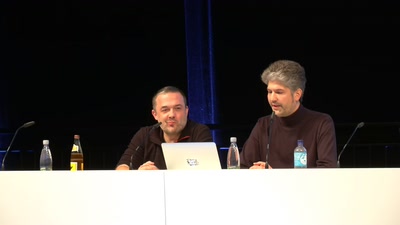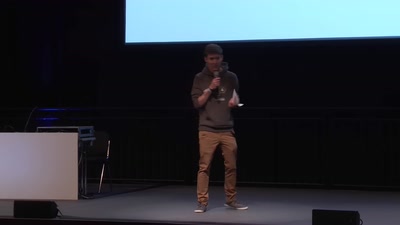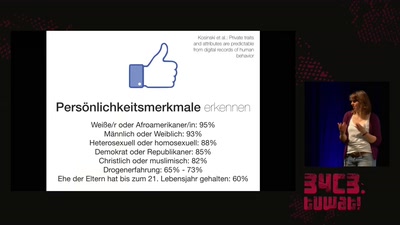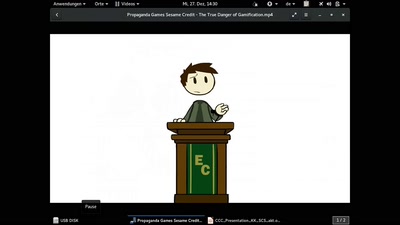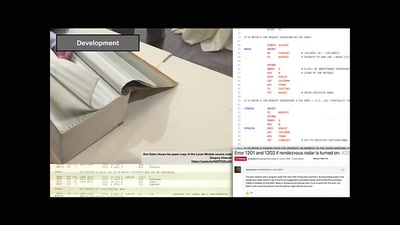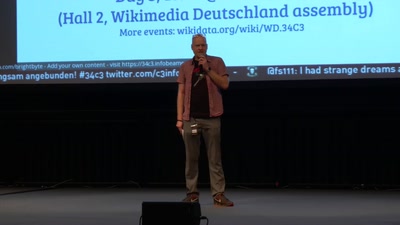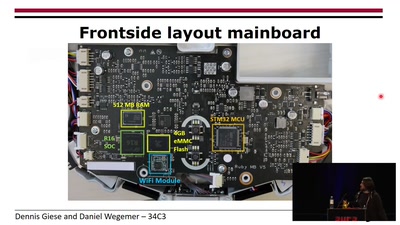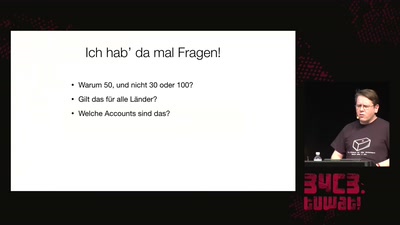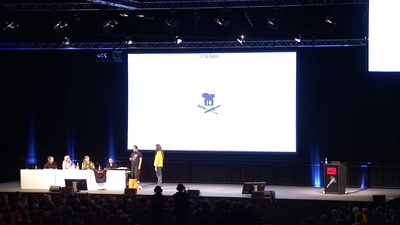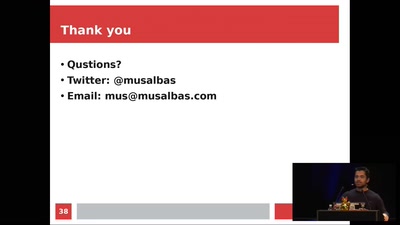Wouldn’t it be awesome to have a microscope which allows scientists to map atomic details of viruses, film chemical reactions, or study the processes in the interior of planets? Well, we’ve just built one in Hamburg. It’s not table-top, though: 1 billion Euro and a 3km long tunnel is needed for such a ‘free electron laser’, also called 4th generation synchrotron light source. I will talk about the basic physics and astonishing facts and figures of the operation and application of these types of particle accelerators.
Most people have heard about particle accelerators, most prominently LHC, at which high energy particles are brought to collision in order to study fundamental physics. However, in fact most major particle accelerators in the world are big x-ray microscopes.
The latest and biggest of these synchrotron radiation sources which was built is the European XFEL. A one billion Euro ‘free electron laser’, based on a superconducting accelerator technology and spread out 3km beneath the city of Hamburg. The produced x-ray pulses allow pictures, for example from proteins, with sub-atomic resolution and an exposure time short enough to enable in-situ studies of chemical reactions.
This talk aims to explain how particle accelerators and in particular light sources work, for what reason we need these big facilities to enable new types of science and why most of modern technology would be inconceivable without them.
Download
Video
These files contain multiple languages.
This Talk was translated into multiple languages. The files available for download contain all languages as separate audio-tracks. Most desktop video players allow you to choose between them.
Please look for "audio tracks" in your desktop video player.

